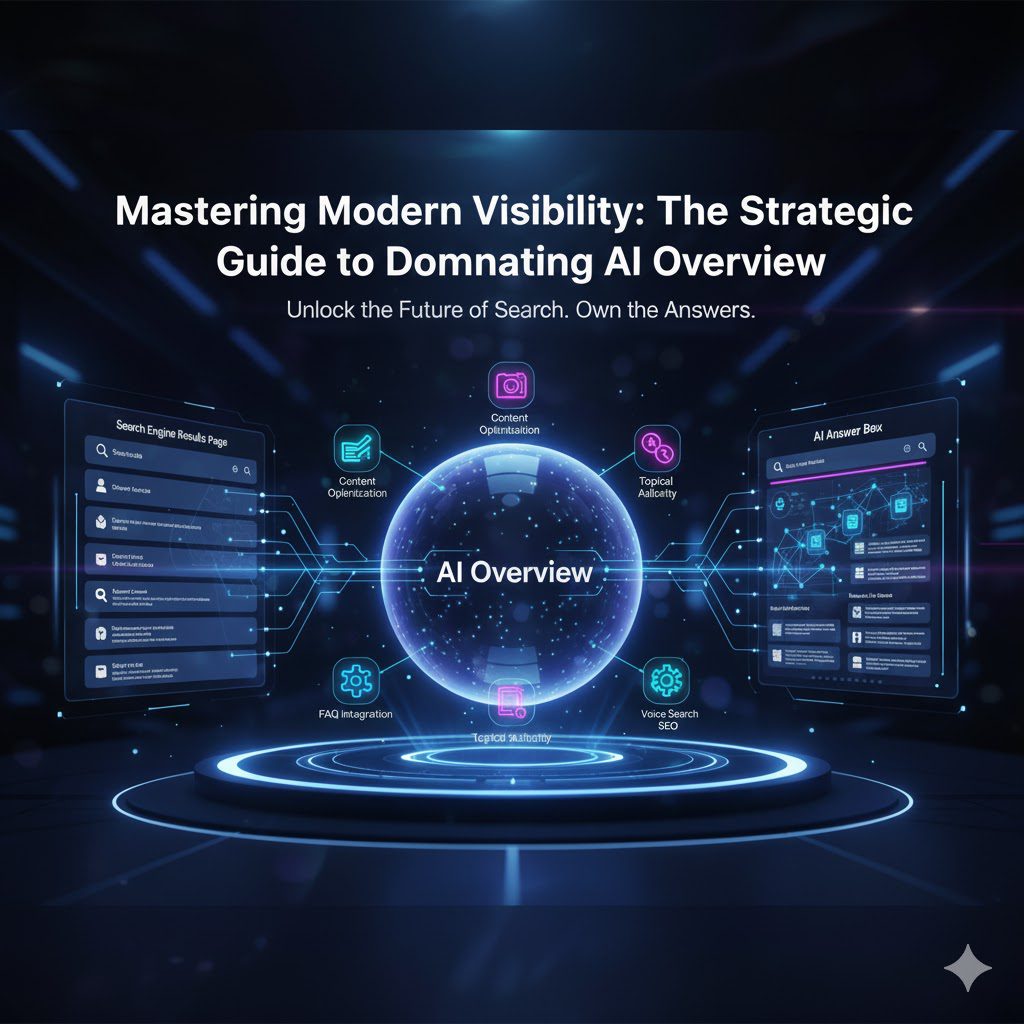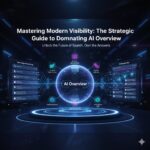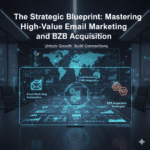The landscape of search engine optimization (SEO) has undergone a dramatic transformation, rendering once-reliable tactics obsolete. What worked effectively even a few months ago is often no longer sufficient to secure top visibility. Google’s algorithmic updates, specifically the introduction of the AI-powered search experience, have fundamentally changed how users find information and how value is assigned to content. While this evolution presents a challenge, it simultaneously unlocks significant new opportunities for content creators who understand the shift.
This in-depth article details the proven, multi-faceted strategy required to not only maintain a strong organic ranking but, more importantly, to achieve maximum visibility within the coveted AI Overview section of search results. We will break down the entire process, from finding high-potential keywords to optimizing content for AI consumption and ensuring timely indexing.
I. Understanding the Paradigm Shift in Search Results
To successfully navigate the new SEO environment, one must first grasp the critical change in how Google presents information to the user.
A. The Traditional vs. The Modern Search Experience
In the traditional Google search results page (SERP), a user’s query typically led to a ranked list of links, forcing the user to click through to a website to find an answer. The top position was the ultimate prize, guaranteeing the vast majority of click-through traffic.
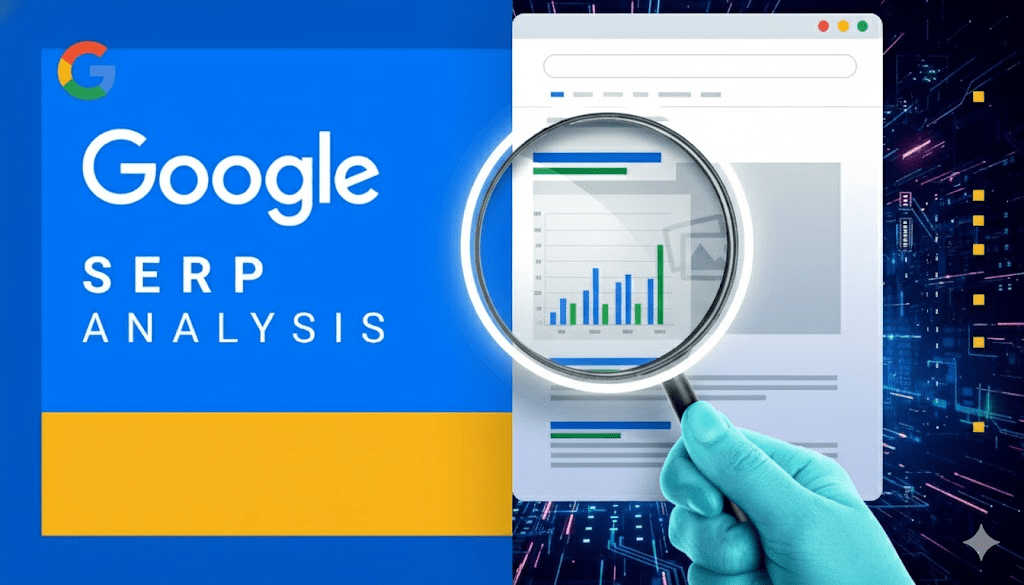
Today, the experience is radically different. The modern SERP features a prominent AI Overview at the very top. This is a concise, algorithmically generated summary that directly answers the user’s question before they ever see the traditional organic links. For example, searching for a complex topic now yields a direct, summarized answer powered by artificial intelligence.
B. The Power and Opportunity of the AI Overview
The AI Overview is a short summary, often accompanied by links to the source articles Google used to compile the information. When a user queries a topic, the AI analyzes vast amounts of available content and constructs a direct answer. Crucially, the sources cited within the AI Overview are shown at the very top, offering instant, authoritative visibility.
The critical opportunity here is that a blog post or article can be featured in this top AI section even if it does not rank first in the traditional organic search results. We have seen instances where content ranking as low as the fifth or seventh position on the first page is leveraged by the AI to create the summary, immediately boosting that content’s visibility to the most valuable position on the page. Therefore, the goal has shifted: achieving AI Overview status is the new pinnacle of search visibility.
To increase your content’s chances of being selected for the AI Overview, traditional, high-quality SEO is still essential (you generally must be on the first page), but it is no longer the sole determinant. Your content must be structured to directly answer people’s questions in a clear, unambiguous, and easily digestible manner.
II. Step-by-Step Keyword Identification for AI Optimization
The foundation of any successful AI-optimized content piece lies in strategic keyword research. Our goal is to find keywords that are both relevant to our topic and are highly likely to trigger an AI Overview.
A. Using Free Tools for Initial Keyword Discovery
There are numerous paid platforms that offer in-depth keyword analysis, but effective initial research can be conducted using free methods, focusing directly on user intent and Google’s own suggestions.
1. Leveraging Search Suggestions (Autofill)
Start with a broad topic (e.g., “low carb diet”). As you type into the Google search bar, you will be presented with a list of popular suggestions. These are keywords that are frequently searched by real people and are highly relevant to your topic. By collecting these suggestions, you gather an initial pool of user-centric search terms.
2. The Asterisk and Question Phrase Method
To expand this list dramatically, employ advanced search operators:
- The Asterisk Trick: Adding an asterisk (
*) at the beginning or end of your broad keyword (e.g., “low carb diet * ” or ” * low carb diet”) prompts Google to reveal even more comprehensive, long-tail keyword suggestions. - Informational Queries: Add common question phrases like “best,” “top,” “good,” “how,” “why,” and “when” at the beginning of your keyword. This immediately shifts the focus to informational intent, which is the primary trigger for the AI Overview.
All collected keywords should be systematically saved in a spreadsheet (e.g., a new sheet via sheets.new) for further analysis.
B. Assessing Keyword Difficulty and Potential
The second, crucial phase is validating the potential of these keywords by assessing their difficulty. This helps you determine the competitive landscape and select terms that are attainable for your site.
1. Finding Keyword Difficulty (KD)
Keyword Difficulty is a metric (typically scored 0 to 100) that estimates how difficult it is to rank on the first page of Google for a specific term. A score closer to 0 indicates an easier term to rank for, while a score near 100 indicates high competition.
By using dedicated keyword difficulty checkers (often available as free trials or with limited free access from platforms like Ahrefs or SEMRush—search for “free keyword difficulty checker” to find current options), you can input your collected keywords and analyze the results based on your target geographic region. Note the difficulty score for each keyword in your spreadsheet.
2. Selecting the High-Potential Keyword
Analyze your spreadsheet and filter for keywords that have a favorable balance of relevance, search volume, and low-to-moderate difficulty. For instance, selecting a long-tail keyword like “high protein low carb diet benefits” with a difficulty score under 55 (or even lower if your site is new) offers a better chance of ranking high enough to be considered for the AI Overview than a highly competitive term like “low carb diet.”
III. The Five Principles of AI-Optimized Content Creation
Once the target keyword is locked in, the focus shifts to creating content that is explicitly engineered for Google’s AI to consume, understand, and feature. The five following principles are paramount for achieving AI Overview inclusion.

A. 1. Answer the Main Question Immediately (The “AI Hook”)
The very first paragraph of your article must contain a direct, concise, and clear answer to the main question posed by your target keyword. This is the **”AI Hook.”**
Google’s AI prioritizes information that immediately resolves the user’s query. By putting the main answer upfront, you significantly boost the probability that Google will use your content in the AI Overview summary. This direct approach signals high relevance and efficiency to the algorithm.
B. 2. Use Clear, Question-Based Headings
Structure your content using headings (H2, H3) that are formulated as questions people would naturally type into a search engine. Instead of a vague heading like “Exercise Benefits,” use a question like: “What are the benefits of daily low-carb exercise?“
When your content is structured around these informational queries—the what, why, how, and when—Google’s AI can isolate the text under that heading and use it as a standalone, direct answer to a corresponding search query.
C. 3. Provide Comprehensive, Detailed Information (Authority)
While the initial answer should be concise, the rest of the article must provide detailed, in-depth, and well-researched information to establish **topical authority**. The AI looks for authoritative sources. A high word count (like the one targeted here) and comprehensive coverage of sub-topics signal to the AI that your content is a definitive resource.
D. 4. Maintain Simplicity and Clarity (Readability)
Avoid complex jargon, overly academic language, or convoluted sentence structures. Write in a clear, simple style that is easy for everyone to understand. The AI is designed to serve information to a broad audience; content that is highly readable and directly phrased is easier for the AI to parse, summarize, and integrate into the overview. Use active voice and avoid overly long paragraphs.
E. 5. Prioritize Freshness and Accuracy (E-A-T/E-E-A-T Alignment)
Google’s core ranking guidelines heavily emphasize **Experience, Expertise, Authoritativeness, and Trustworthiness (E-E-A-T)**. To be featured in the AI Overview, your content must be trustworthy and up-to-date. This necessitates:
- Regular Updates: Commit to reviewing and updating your published articles regularly to include the best and latest information, statistics, or industry changes.
- Source Citation: Reference authoritative external sources (e.g., academic journals, official government reports) using external links to bolster credibility. For example, understanding Google’s guidelines is key—you can review the official Google Search Essentials for best practices.
IV. Advanced Content Generation and Outline Structuring
Creating the comprehensive content required to meet the demands of AI optimization can be significantly streamlined using modern AI-powered content creation tools. These tools are often utilized not just to write the content, but to build a competitive and strategically sound outline.
A. Reverse-Engineering the Outline
A major advantage of using specialized content tools is the ability to analyze and reverse-engineer the successful structure of already high-ranking pages. By inputting your target keyword and selecting a geographic target, these tools can generate outlines based on the top-performing organic results in that location.
1. Competitive Outline Selection: Review the suggested outlines from top-ranking articles. Choosing an outline structure that has proven successful locally increases your probability of ranking high in the traditional SERP, which is the baseline requirement for AI Overview inclusion.
2. Strategic Keyword Integration: Integrate the low-difficulty, high-potential long-tail keywords identified in Step II as subheadings throughout the article. This creates relevance clusters, signaling to Google that your article is an exhaustive resource on the topic.
3. Instructional Note Integration: When generating content, provide instructions to the AI tool for specific sections. For the key question-based headings, add a note specifying: “The content for this section must be concise, in simple terms, without any lists or tables, and structured as a direct answer.” This ensures the output is formatted perfectly for quick AI consumption.
B. The Informational Query Trigger
As established, the AI Overview is strongly triggered by informational queries (questions starting with What, Why, How, When). The content creation process must, therefore, be driven by these common user questions.
By using dedicated question research tools (often available through SEO software—search for “question finder for content” to discover current options), you can input your main topic and instantly see a list of the most frequently asked questions related to it. These questions should be used directly as your H2 and H3 headings. Since these questions are proven AI Overview triggers, using them in your headings maximizes the chance of capturing that top spot.
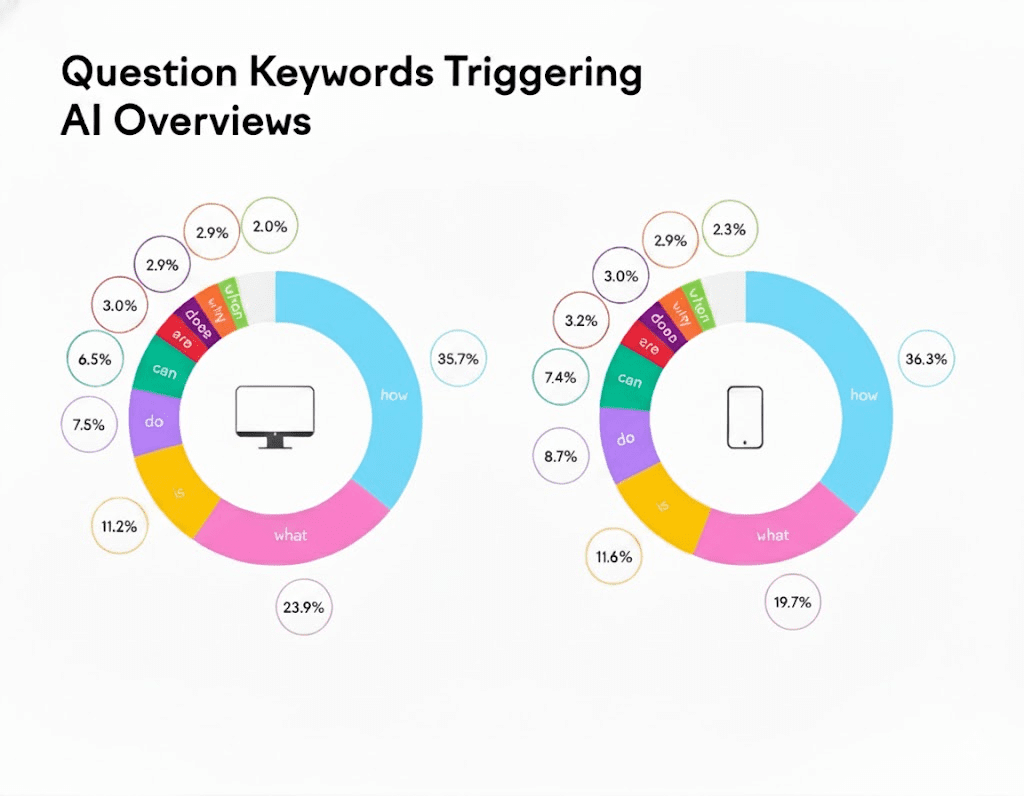
V. The Technical Publishing and Indexing Imperative
Creating perfectly optimized content is only half the battle. The final steps involve technical execution to ensure Google can efficiently find, crawl, and index your content for consideration in the AI Overview.
A. The High-Quality Publishing Checklist
Before publishing, several technical elements must be finalized to maximize the SEO score and user experience:
- Internal Linking: Ensure your new article links logically to other relevant, authoritative pages on your website. This boosts the authority of the new page and aids in the site’s overall discoverability.
- External Linking: As mentioned in the E-E-A-T section, include highly authoritative external links to relevant research, data sources, or industry leaders. This validates the accuracy of your information. For instance, linking to reliable data is crucial, such as those found via the Pew Research Center for statistical support.
- Metadata Optimization: Manually craft a compelling meta title and meta description. The meta title should include the primary focus keyword, and the meta description should succinctly describe the content’s value and entice a click. Utilizing tools to generate competitive metadata options can help refine these elements for maximum click-through rate (CTR) from the traditional search results.
- Content Review: Ensure all five AI-optimization principles have been followed: immediate answer, question-based headings, comprehensive detail, simplicity, and accuracy.
B. Prompting Google: Indexing and Freshness
After the content is live, you must explicitly notify Google that a new piece of high-quality content is available for review.
1. Submitting to Search Console: The Google Search Console is the primary mechanism for communicating with Google’s indexing system. Once the blog post is live, navigate to the Search Console, paste the new article’s URL, and use the “Request Indexing” feature. Indexing is the process by which Google adds your content to its vast library, making it discoverable. By requesting indexing, you significantly speed up the time it takes for Google to recognize and assess your new content for ranking and AI Overview status.

2. Maintaining Freshness: AI Overviews are highly susceptible to change over time because Google constantly aims to provide the latest, most accurate information. If your site appears in the AI Overview today, it may be replaced next week if a competitor publishes something fresher or more comprehensive. Therefore, the commitment to regularly updating your content is non-negotiable. Whenever a significant update is made (e.g., adding new research, updating a statistic, or rewriting a section for clarity), repeat the indexing request in Search Console. This signals to Google that your content remains a fresh, current, and authoritative source.
VI. Conclusion: Shifting Focus from Position to Answer
The new era of search is defined by Google’s commitment to delivering direct answers through artificial intelligence. The most effective SEO strategy is no longer solely focused on achieving the #1 organic ranking, but rather on engineering content to be the definitive source for the AI Overview.
Success in modern visibility requires a seamless blend of strategic keyword identification (focusing on low-difficulty, informational queries), meticulous content creation based on the five principles of AI optimization (direct answers, question-based headings, simplicity, detail, and E-E-A-T), and diligent technical maintenance through Search Console indexing. By focusing on becoming the clearest, most authoritative **answer** rather than just the highest **position**, content creators can effectively capitalize on the new opportunities presented by AI, securing maximum traffic and relevance for years to come.

